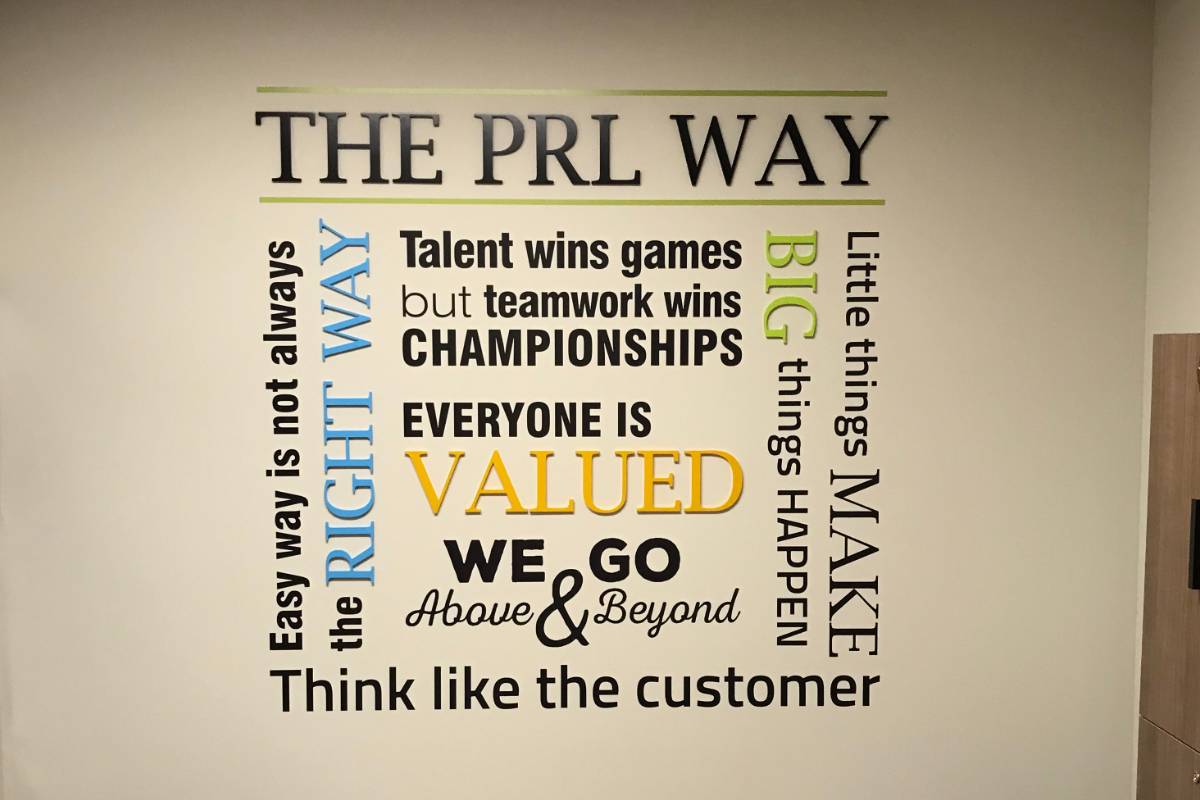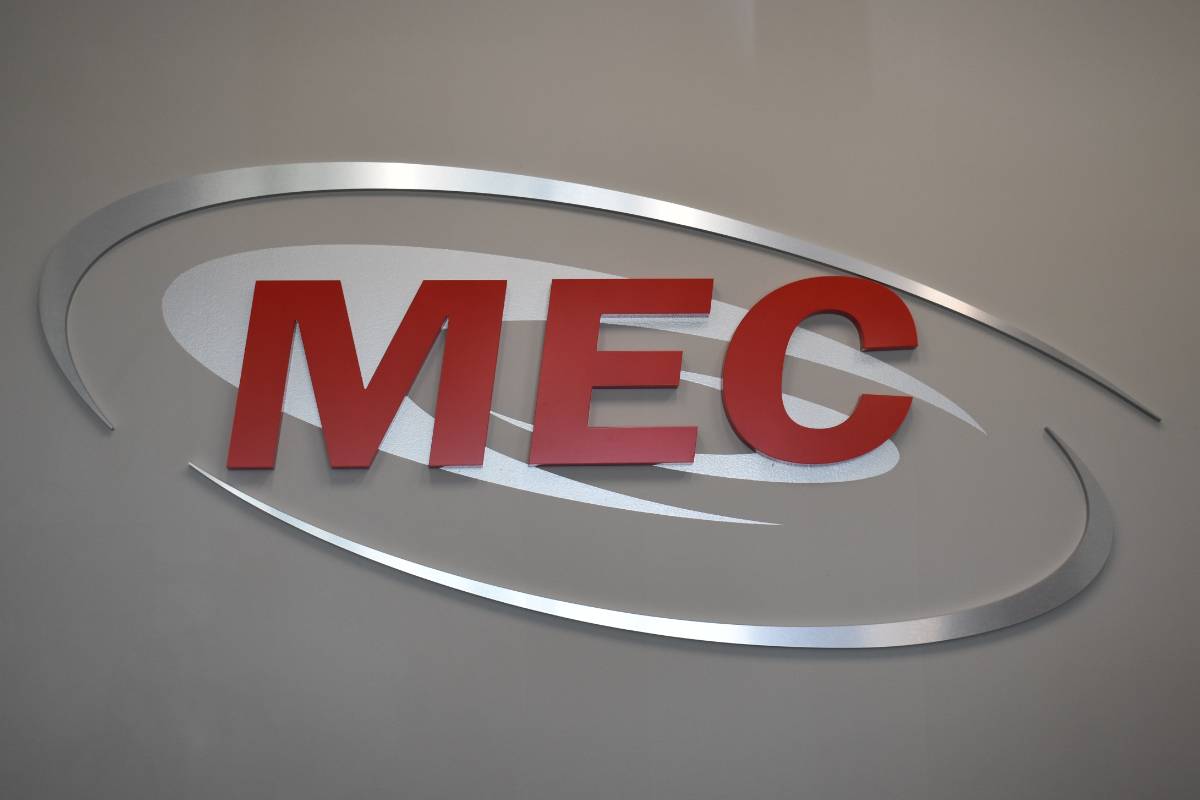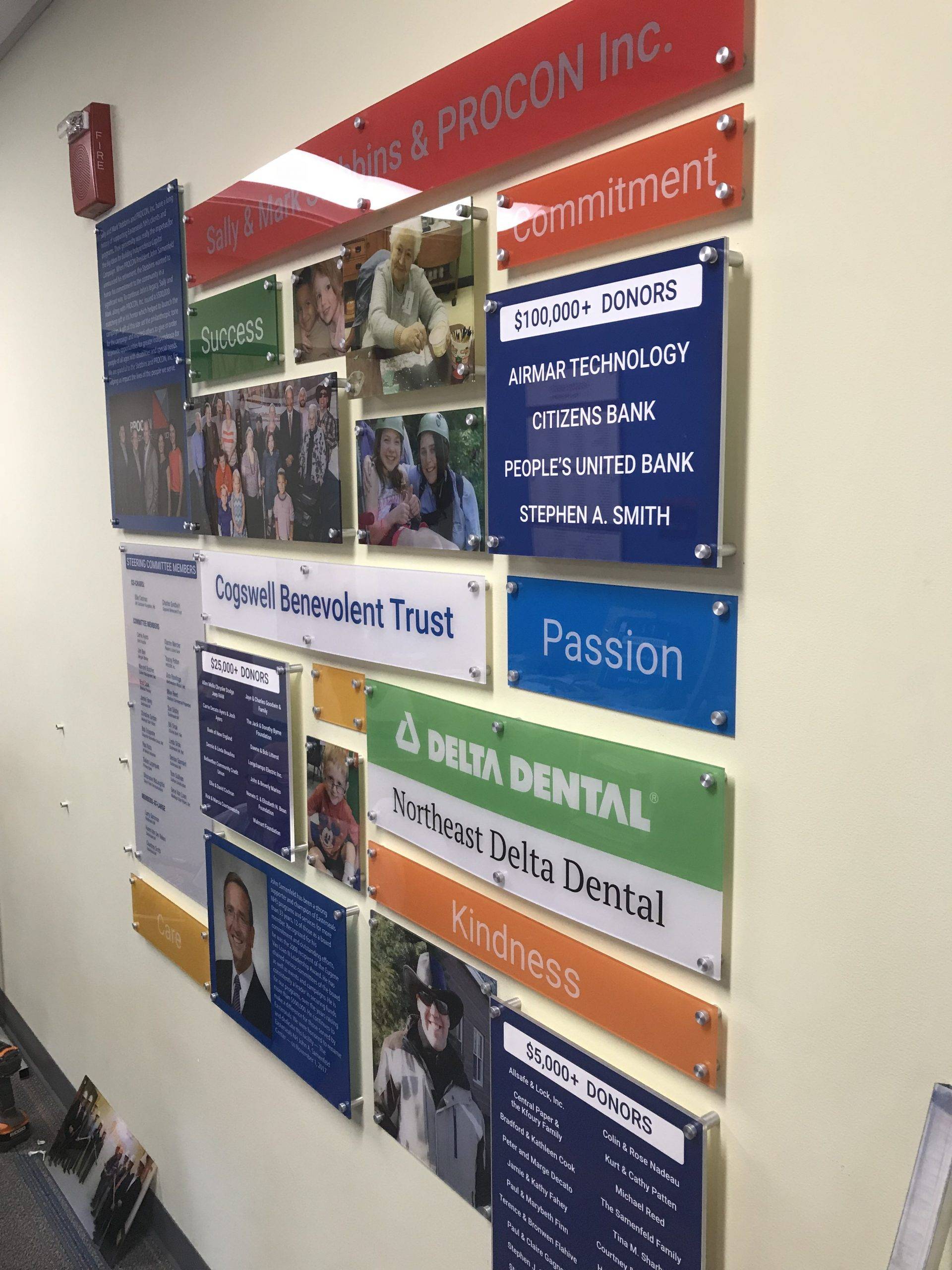
What is Search Engine Marketing (SEM)?
Search Engine Marketing, or SEM, allows your business to grow exponentially within a short time. SEM includes paid search, display, and social media marketing. Organic search takes a long time to gain website traffic making paid search a better option. SEM, or search engine marketing, is an important strategy for any business looking to compete in the SERPs. SEM is often used to generate traffic for small businesses and doesn’t have a rank in search engines yet. SEM strategies are greatly beneficial for eCommerce websites where you have to market different products. Creating a Google Ads campaign with a small investment can help your product /service rank on Google. This blog post will help you learn the basics of search engine marketing and the way it works.
SEM (search engine marketing) is a digital marketing strategy that aims to increase the online visibility of websites on the search engine results page (SERP). SEM, or search engine marketing, is a paid advertising strategy that ensures your business’s products and services are visible on search engine results pages (SERPs). Your website appears whenever a user types in a certain keyword. To ensure you’re able to use Search Engine Marketing (SEM) to properly advertise your products or services on the SERPs, we’ve cultivated a list of the best SEM tools, as well as the components of a SEM Ad Auction.
Search Engine Marketing (SEM) is important for businesses because it helps them reach potential customers through paid advertising on search engines. By using SEM, businesses can target specific keywords and demographics, and only pay when someone clicks on their ad. This makes SEM an effective way to drive traffic and increase conversions on a website. Additionally, SEM can be used to improve a website’s visibility in search engine results pages, which can lead to increased brand awareness and credibility.
Understanding SEM Tools and Ad Auctions
SEM tools are software that help businesses create and manage their paid search advertising campaigns.These tools provide features such as keyword research, ad copywriting, bid management, and analytics.Some popular SEM tools include Google Ads, Bing Ads, and SEMrush. Ad auctions are the process by which search engines determine which ads to show to a user for a given search query. Advertisers bid on keywords that they want their ads to appear for. The search engine then uses a combination of the bid amount, ad relevance, and the advertiser’s quality score to determine which ads to show to the user. Advertisers with higher bids and higher quality scores are more likely to have their ads shown.Ad auctions happen in real-time, so the ads that appear for a given search query can change from one search to the next.
List of best SEM tools
There are a number of SEM tools . Most commonly used tools are:
- SEMrush
- Google Trends
- Keywordtool.Io
- Google Ads Keyword Planner
- SpyFu
- WordStream
Components of an SEM Ad Auction
An SEM ad auction has several components that determine which ads will be shown to a user for a given search query:
Bid Amount: Advertisers set a maximum bid for their ads to appear for a particular keyword. The higher the bid, the more likely the ad is to be shown.
Ad relevance: Search engines use algorithms to determine how relevant an ad is to a user’s search query. More relevant ads will be more likely to be shown.
Quality score: Search engines assign a quality score to each advertiser based on factors such as the relevance of the ad, the relevance of the landing page, and the click-through rate of the ad. Advertisers with higher quality scores are more likely to have their ads shown.
Ad format: Some ad formats, such as Google’s expanded text ads, may have higher visibility and click-through rates than others.
Ad placements: Ads can be placed on SERP or other placements like web pages, apps, and videos
Device targeting: Advertisers can select to target specific devices like mobile, desktop, tablet, etc. All of these components are taken into account by the search engine when determining which ads to show to a user, to show the most relevant and useful ads to the user. A Search Engine Marketing (SEM) strategy is a plan for using paid advertising on search engines to reach potential customers and drive traffic to a website. There are several key components to an effective SEM strategy, including optimizing paid search ads, keyword intent, pay-per-click (PPC) strategy, budget and copy management, and quality score and relevance to users.SEM Strategy
Optimizing paid search ads
This involves using techniques such as A/B testing and split testing to improve the performance of ads. This could include testing different ad copy, ad formats, and targeting options to determine what works best for a particular business.
Keyword Intent
Understanding the intent behind a search query is crucial for creating effective ads. This means understanding the user’s goal, whether it’s navigational, informational, transactional, or commercial, and tailoring your ads accordingly.
Pay-per-click (PPC) strategy
PPC is a model of online advertising in which advertisers pay each time a user clicks on one of their ads. A PPC strategy involves setting budgets, bids, and targeting options to maximize the return on investment.
Budget and copy management
SEM campaigns require budget to run, it is important to set a budget and manage it effectively to get the most out of your campaigns. In addition, copy management is also important to ensure that ads are written in a way that is clear, compelling, and relevant to the target audience.
Quality Score and relevance to users
Quality score is a metric used by search engines to determine the relevance and usefulness of an ad. A high quality score is important for improving the visibility of an ad. Ad relevance is also important to ensure that the ads are useful to users and not just a form of interruption.
An SEM strategy should be regularly reviewed and optimized to ensure that it is achieving its goals and making the most of available resources. This could include testing new ad copy, targeting options, and bid strategies, as well as monitoring metrics such as click-through rate, conversion rate, and return on investment.
Wrapping Up
SEM is a vast field. The basic knowledge will help you negotiate better while hiring an agency for paid marketing. At Brandit, we have a dedicated team of project managers, PPC experts, and other marketing experts. You can approach us for the result-driven SEM campaign. We have cost-effective plans for small businesses. If you are aiming to increase the online visibility of your website on the search engine, you may consult us! Our digital marketing team will design the best SEM strategy for your business…
Know exactly what you need but not sure how to start the process? Click the link below to schedule a time to chat with us.

Cutting Through the Noise With Direct Mail Marketing
Everyday, we see 2,904 messages. We pay attention to 52, but only remember four. Your message has a mere three seconds to gain…
August 9, 2021


























































































